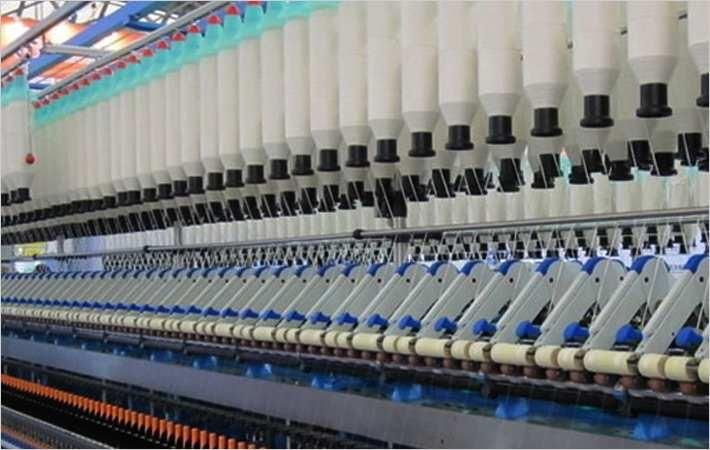Resolve GST issues to foster growth: New SIMA chief

Resolving GST anomalies would bring bring all the stakeholders of the textile industry under GST net and enable the Indian textiles and clothing products remain globally competitive, Nataraj, who is also the managing director of KPR Group, said at the press conference organised by SIMA in Coimbatore.
“The Indian textiles and clothing industry had been passing through continuous recession during the last three years mainly due to poor off-take in the global market, the FTA/PTA competitive advantage gained by the competing nations like Vietnam, Bangladesh, high tariff rates imposed on Indian textiles and clothing products in the major textile makers such as EU, US, Canada, China, etc,” Nataraj said. So, Indian textiles and clothing exports had stagnated at around $40 billion during the last three years, he added.
In view of this stagnation in exports, SIMA chief appealed to the Centre to refund the accumulated input tax credit at fabric stage that had been singled out to avoid cost escalation, encourage Make in India, reduce import of fabrics, avoid job losses especially in the highly vulnerable sectors like powerloom, handloom, processing, etc. He mentioned that for processed cotton fabrics, the accumulation of input tax credit would range between 3 to 5 per cent of the sale value. Dyes and chemicals account over 30 per cent of the processing charge that attract 18 per cent GST while the fabric or job work is levied with 5 per cent GST, he pointed out.
“Yet another genuine demand of the synthetic sector is the reduction of GST rate on MMF spun yarn including sewing thread filament yarns from 18 per cent to 12 per cent. The powerloom sector and independent weaving units that produce over 95 per cent of the woven fabric is burdened with 18 per cent GST on yarn while the vertically integrated units do not have such a problem as they need to pay 18 per cent GST for fibres and only 5 per cent GST on fabrics and the cost difference works out to 5 to 7 percent,” said Nataraj. He appealed to the GST Council to sort out both the anomalies of refunding the accumulated ITC at any stage of manufacturing, especially processed fabrics, and also reduce the GST on MMF spun yarn including filament sewing threads from 18 per cent to 12 per cent.
SIMA chairman stated the government had not yet given the mandate to the Duty Drawback Committee to recommend the revised duty drawback rates and ROSL. The current extension of benefits ends on September 30, 2017. Beyond this date, there is uncertainty in the rates of benefits, resulting in a delay in export booking, Nataraj said. He appealed to the Centre to extend all the export benefits till the business revives and revise the rates to ensure the pre-GST export competitiveness of the industry is sustained. He also appealed the Centre to expedite clearing of all the pending export benefits that cause severe financial stress to the exporters.
He stated that there were several teething problems in the GSTN causing hardships for filing the returns and day to day operations. “There is undue delay in getting several clarifications including the use of C forms for inter-state purchase of HSD oil under 2 per cent CST that has been kept out of GST, issues relating to canteen and transport services provided by the manufacturing units to their employees through contractors or at concessional rate, etc.”
He suggested that the local tax authorities should be facilitated to clarify the industry then and there and also to overcome the teething problems. “Now, they are only forwarding the issues and clarification to the concerned GST Council Committees and not able to provide instant services.”
Speaking about global cotton position in 2017-18, he termed it as “very comfortable”, due to around 11 per cent increase in area under cotton cultivation. He stated that the cotton price would also be comparatively lower throughout the cotton season and therefore, the domestic demand would pick up. “India would have competitive advantage in the international market also with stable and lower cotton price,” he added. (RKS)
Fibre2Fashion News Desk – India
































-Ltd..jpg?tr=w-120,h-60,c-at_max,cm-pad_resize,bg-ffffff)





.jpg?tr=w-120,h-60,c-at_max,cm-pad_resize,bg-ffffff)
.jpg?tr=w-120,h-60,c-at_max,cm-pad_resize,bg-ffffff)






